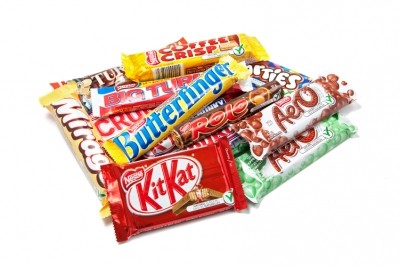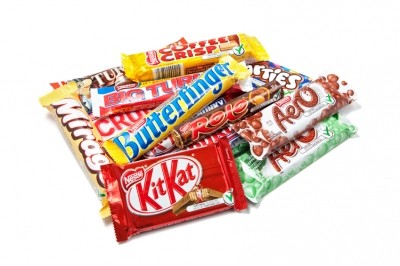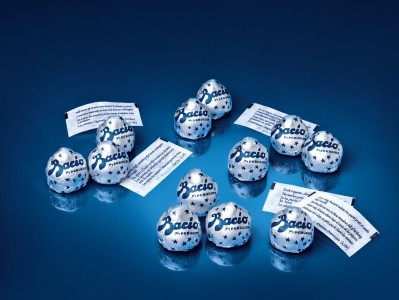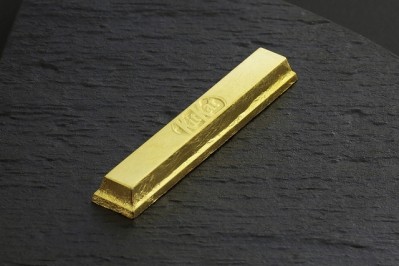Nestlé confectionery unit posts organic growth, but analyst questions KitKat dependence
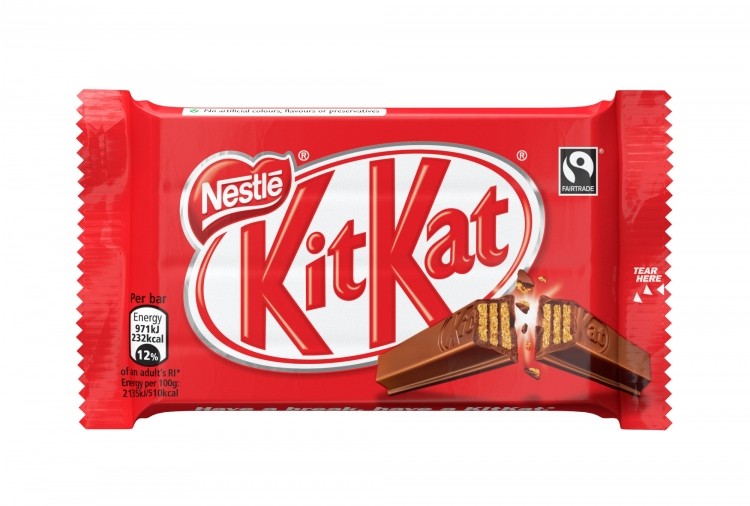
The firm's confectionery arm generated sales of 6.2bn CHF ($6.5bn) from January to September 2015, down from 6.7bn CHF ($7bn) on the same period last year.
While like-for like confectionery sales fell 8.2%, the company saw 7.8% organic growth and 1% real internal growth from the confectionery unit. The company told ConfectioneryNews the disparity was explained by currency effects of a soft market.
Emerging markets strong for confectionery
Nestlé reported strong confectionery sales growth in emerging markets, particularly through its flagship Kit Kat brand, which launched in Brazil in 2011.
However, the company says pricing in Western Europe remains soft and it is not able to take as much pricing as it would like. Nestlé added that rising cocoa prices put pressure on margins in its chocolate segment.
Can premium chocolate help?
Jack Skelly, packaged food analyst at Euromonitor International, said the company had started to show interest in the premium chocolate market with the recent global launch of Cailler. This may be in an effort to help the company regain ground in the competitive confectionery market.
“Nestlé is performing below that of key chocolate market rivals such as Mars, Mondelez and Lindt. It suffers from a lack of premium offering in Western Europe and North America, where brands such as Lindt and Brookside have performed very well over the past five years,” he said. “It has lost nearly 1 percentage point market share in Western Europe since 2010. In part, this is due to the company’s reliance on KitKat, which represents over 40% of Nestlé’s chocolate sales.”
Alessandro Rigoni, business executive manager for Nestlé's chocolate & confectionery division, told this site last month that the company expects “premium of today is going to be the mainstream of tomorrow”.
Emerging markets deliver
Nestlé group sales were down about 1.5bn CHF ($1.6bn), from 66.2bn ($69.4bn) CHF during the first nine months of 2014 to 64.9bn CHF ($68bn) this year.
The company forecasts 4.5% organic growth for the year. CEO Paul Bulcke said Nestlé’s internal growth has increased, “reflecting broad-based positive momentum across our business and many of our markets”.
Andrew Wood, senior research analyst at Bernstein, said that although Nestlé’s Q3 results were disappointing overall, Europe, Middle East and North Africa all saw a solid quarter of growth.
Wood added that the company saw another quarter of improvement in the Americas, driven by growth in North America, momentum in Latin America and recovery in prepared foods, in spite of the rough economy.
